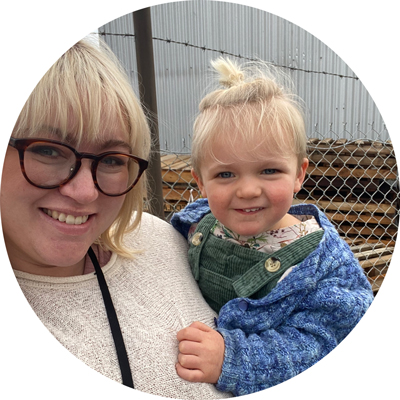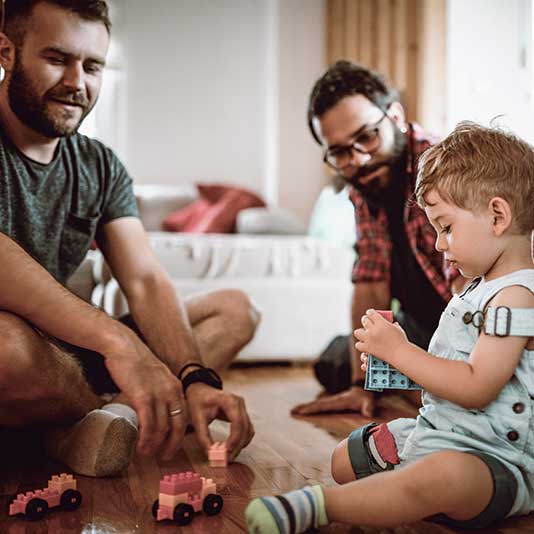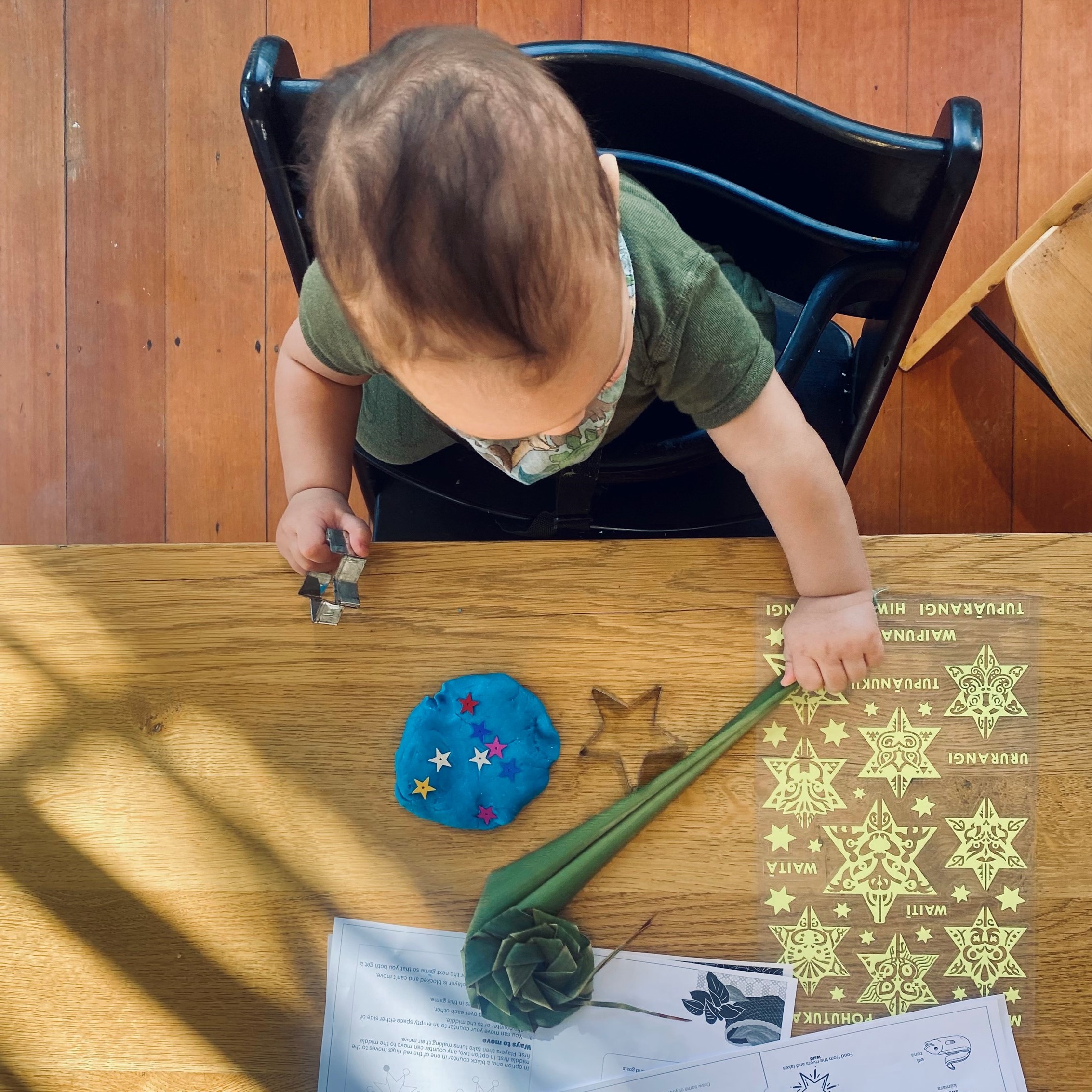The Benefits of Singing and Dancing With Your Pēpi, That You Might Not Know

May is NZ Music Month, it’s a time to celebrate music from across the motu and the incredible people who make it. To celebrate NZ Music Month we speak with māmā and Speech and Language Therapist Zazi, from Zazi Plays to discuss the benefits of singing and dancing with your pēpi. From developing speech and language, calming and comforting and developing future pathways, we’re doing a little kanikani just thinking about it.
Kia ora Zazi, thank you for your time today! First off, why should we listen to music with our pēpi / tamariki?
Music is fantastic for many reasons but from a communication perspective, it’s an incredible tool for developing speech and language. Participating in songs helps develop the left side of the brain which is where all the language happens. The rhythm of the music and the repetitive patterns in the song help children to learn and memorise new words, plus learn the different speech sounds that make up the words. Children also pick up many pre-reading abilities through music, including intonation and rhyme.
Does it matter what sort of music we listen and sing along to?
It’s fantastic to expose your child to all kinds of music, whether it be your favourite Spotify playlist or you singing in the shower! But what really packs a punch is when you sit face to face with your child and sing songs that are at their level – nursery rhymes and children’s songs etc. This ensures that the language used isn’t too complex for them to learn and they’re often short and repetitive – we all learn better when something is repeated over and over.
View this post on Instagram
Are there any benefits to dancing/moving with our pēpi?
Absolutely. Dancing feels great to babies as all that rhythmic bouncing and swaying can feel a lot like being in the womb. It can make them feel calm and comforted – and we know that a calm, securely attached baby grows into a confident child that has an easier time exploring and learning.
Dancing with your baby is also teaching them the rhythms and patterns in the music through your body movements. As your baby’s brain interprets this, it’s developing future pathways like emotional intelligence and language development.
What sort of activities that involve movement / dance would recommend for baby’s development?
I love nursery rhymes and children’s songs that have hand actions that go alongside, and I love adding my own actions to songs too. Children can communicate through actions sooner than they can with words, so they’re essentially talking through dance. If your child learns to clap their hands to a verse of “happy and you know it” then you know they’ve learned the word ‘clap’ and how it applies to them – even before they can say the word which may come months and months later.
TOP TIP:
Zazi recommends that parents watch a few YouTube videos of nursery rhymes and songs when their kids are asleep so they can learn new ones to sing!
Here are a few of our favourites:
Oma Rāpeti – Miss Nicky Says
Old MacDonald Had A Farm – Topp Twins
If You’re Happy and You Know It – The Wiggles
I Saw a Taniwha – Love to Sing
Colours Are Beautiful – Anika Moa
The Wonky Donkey Song – Craig Smith
Mā is White – Poppet Stars
Itsy Bitsy Spider – Cocomelon
Kiwi Music For Kiwi Kids by Suzy Cato (playlist)
For more on NZ Music Month, head to https://www.nzmusicmonth.co.nz/



